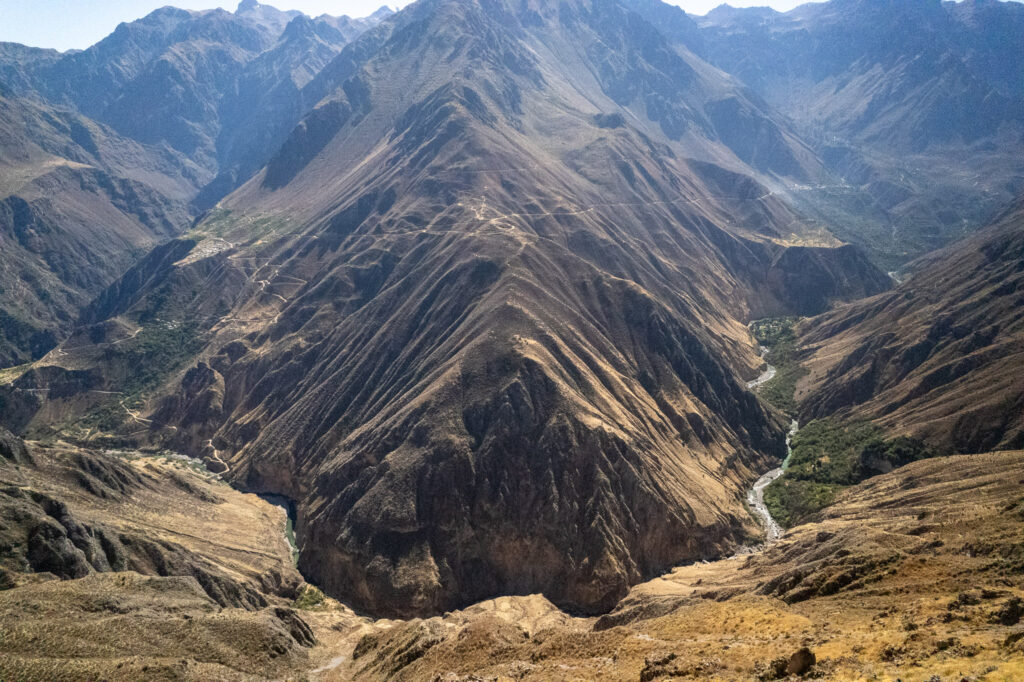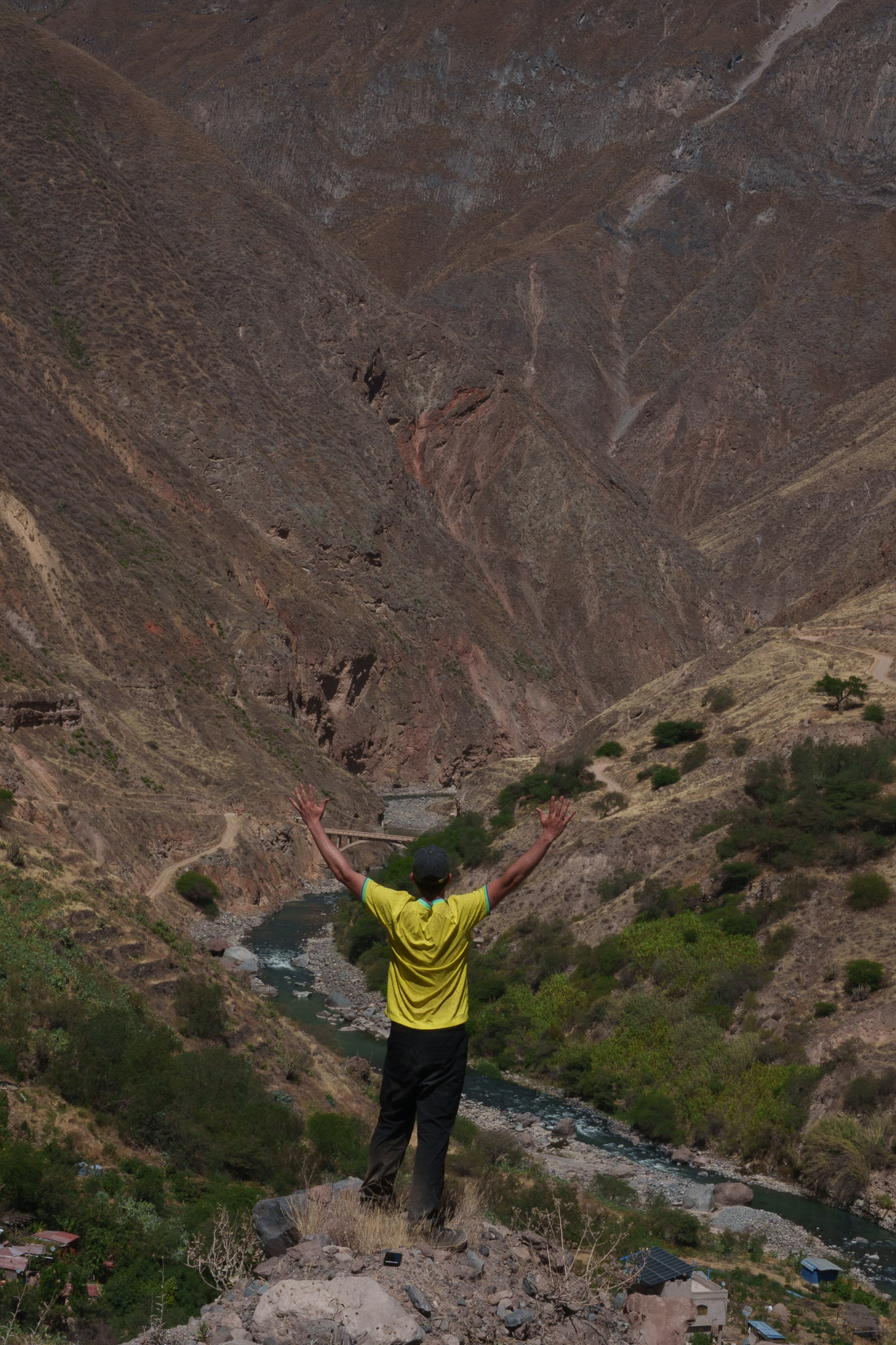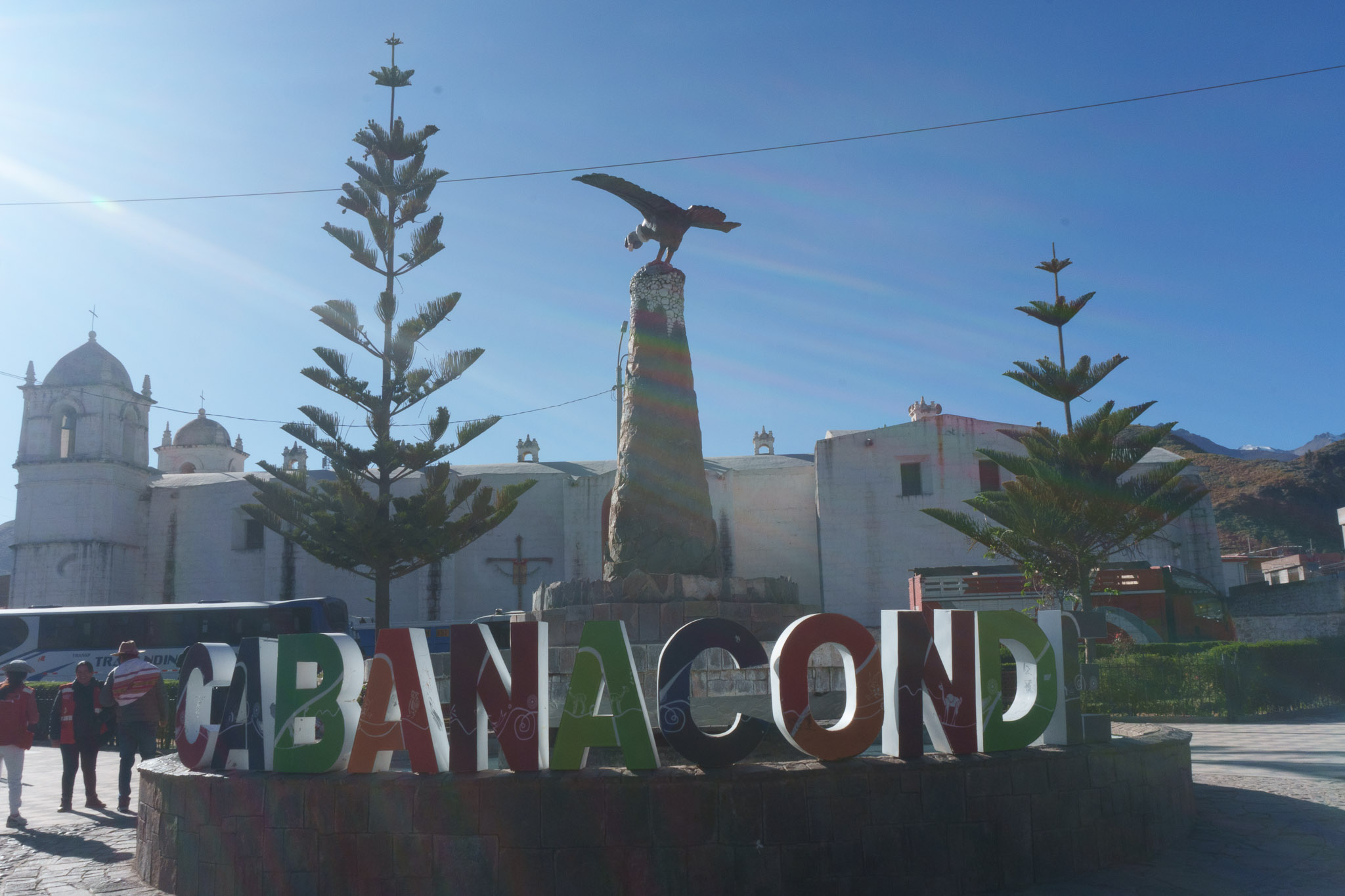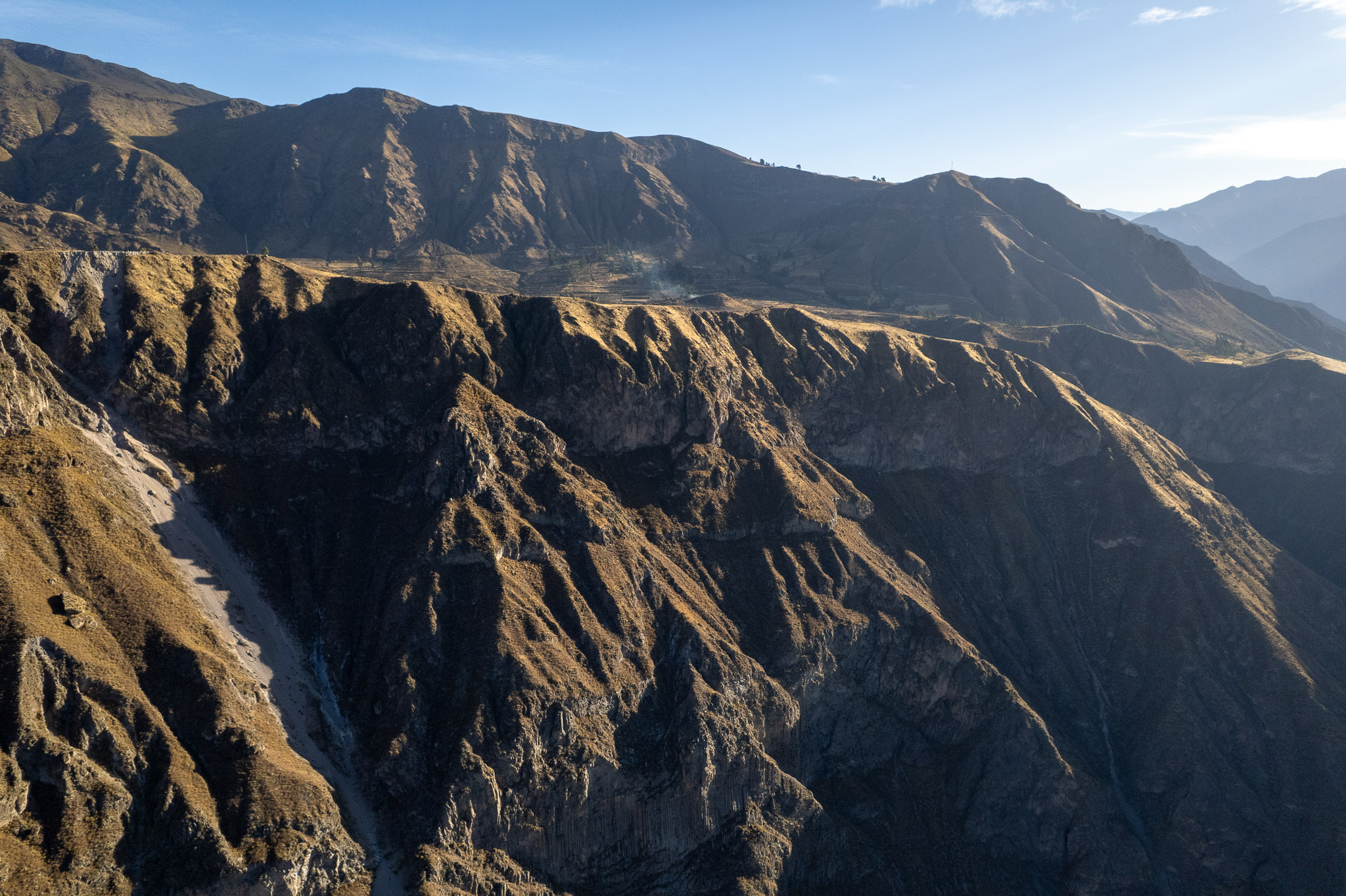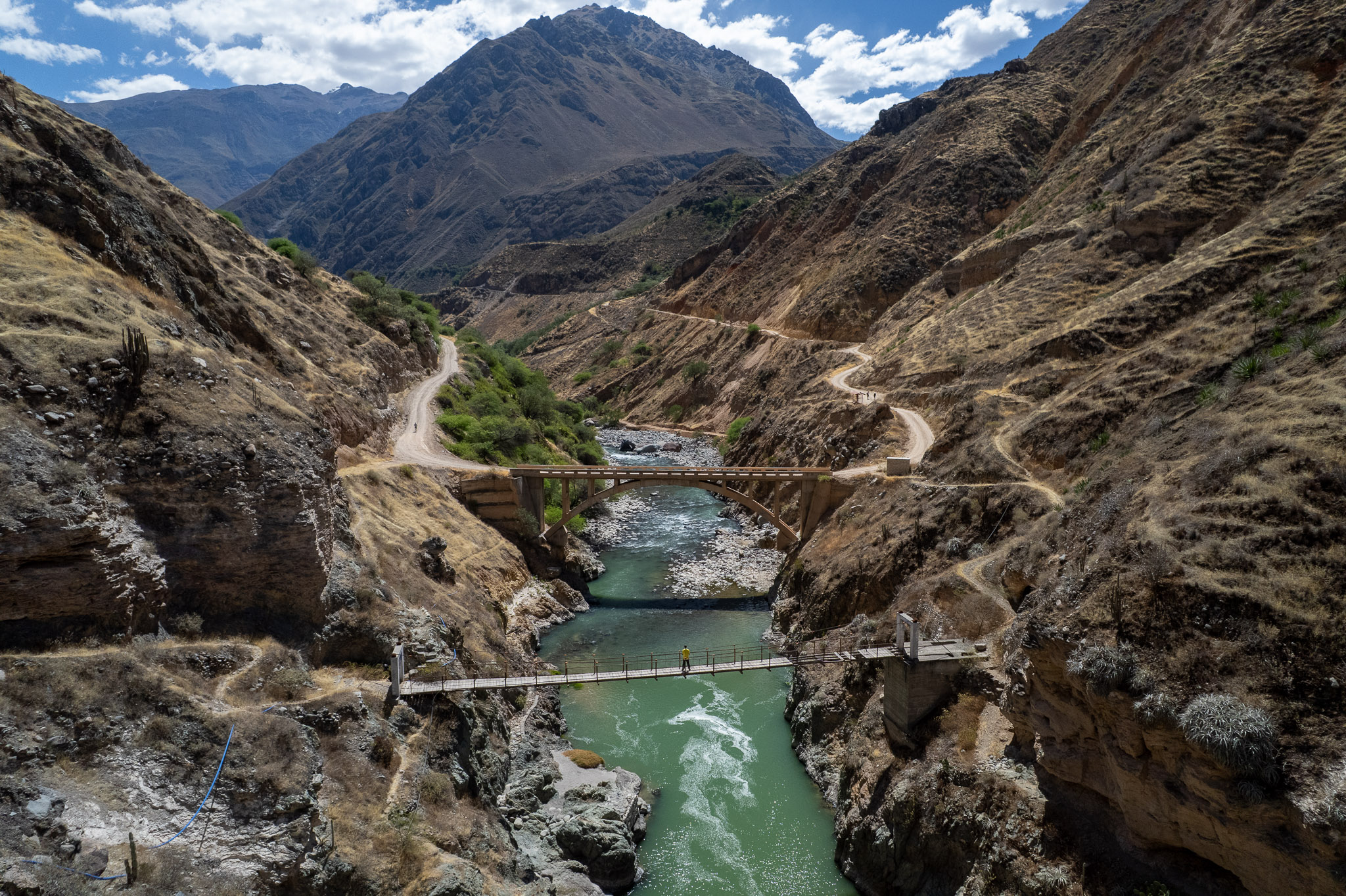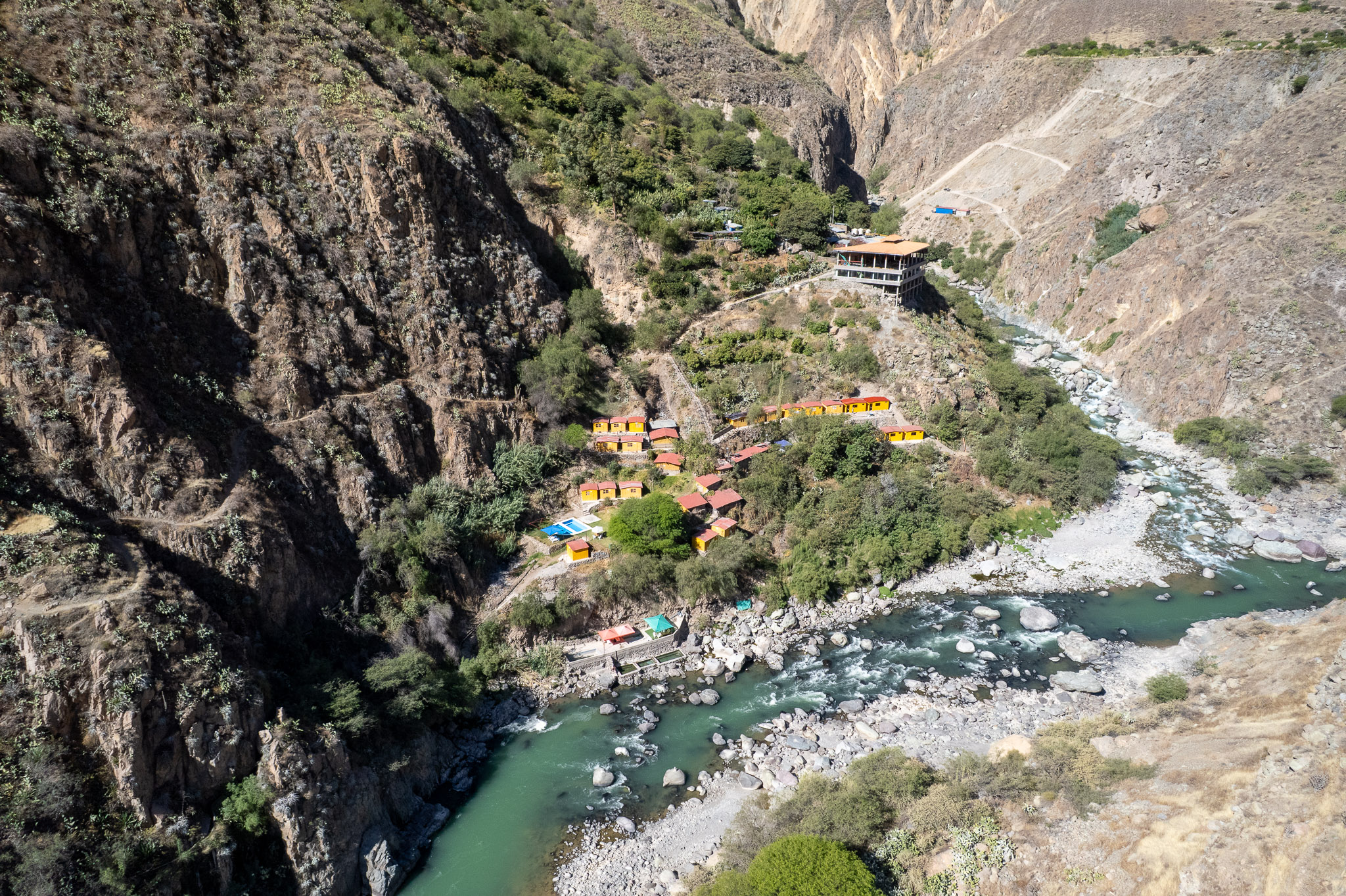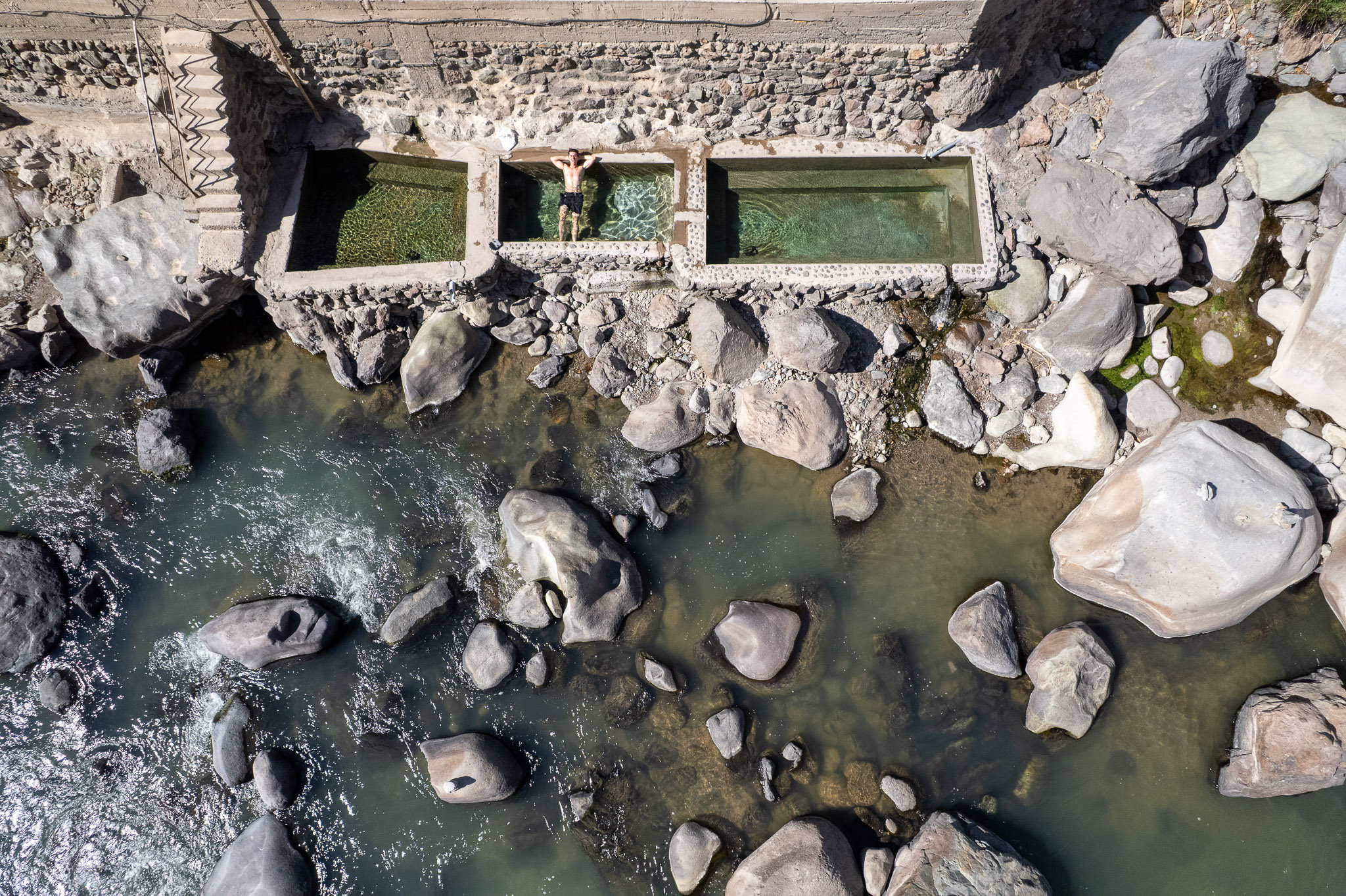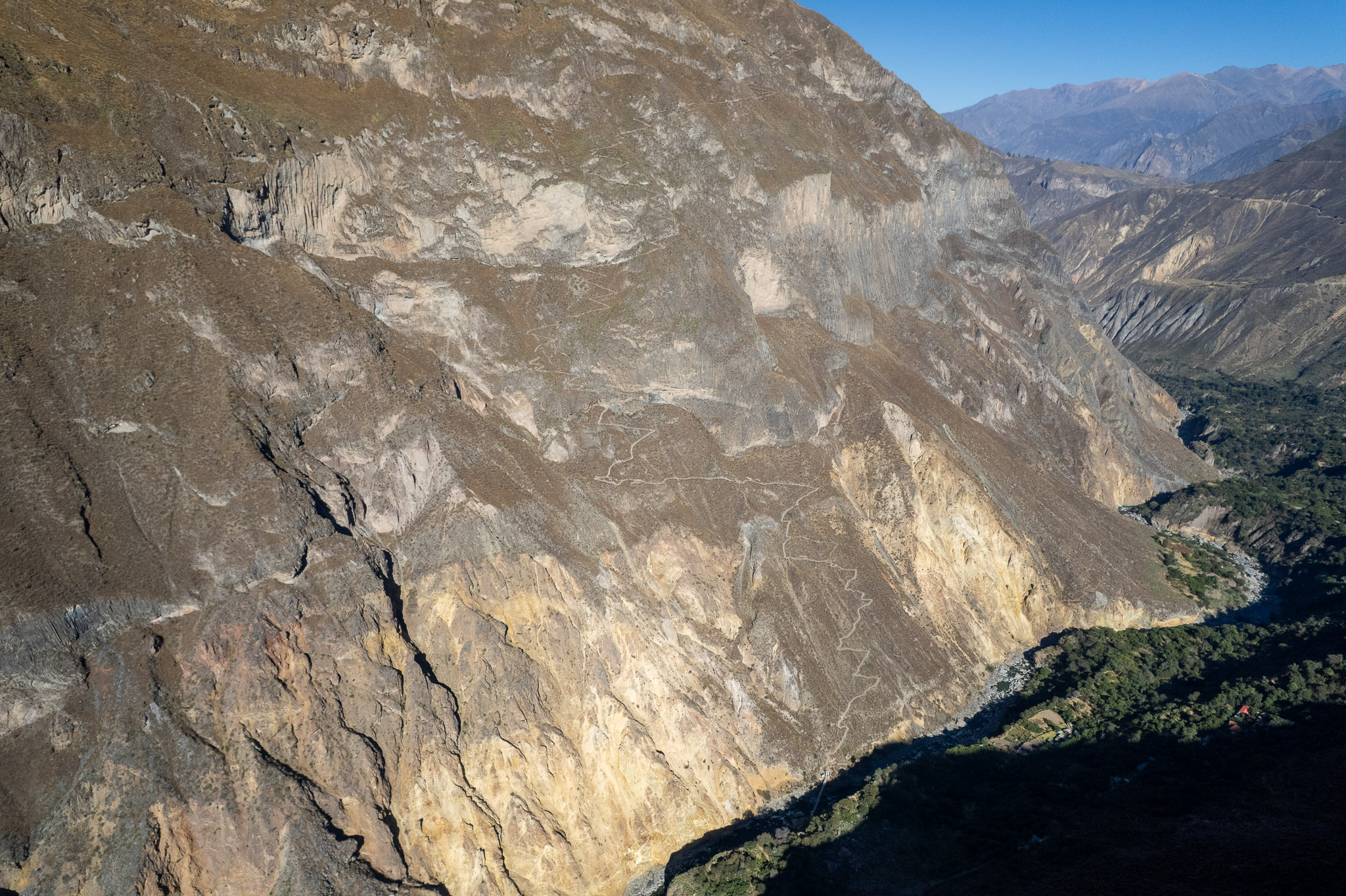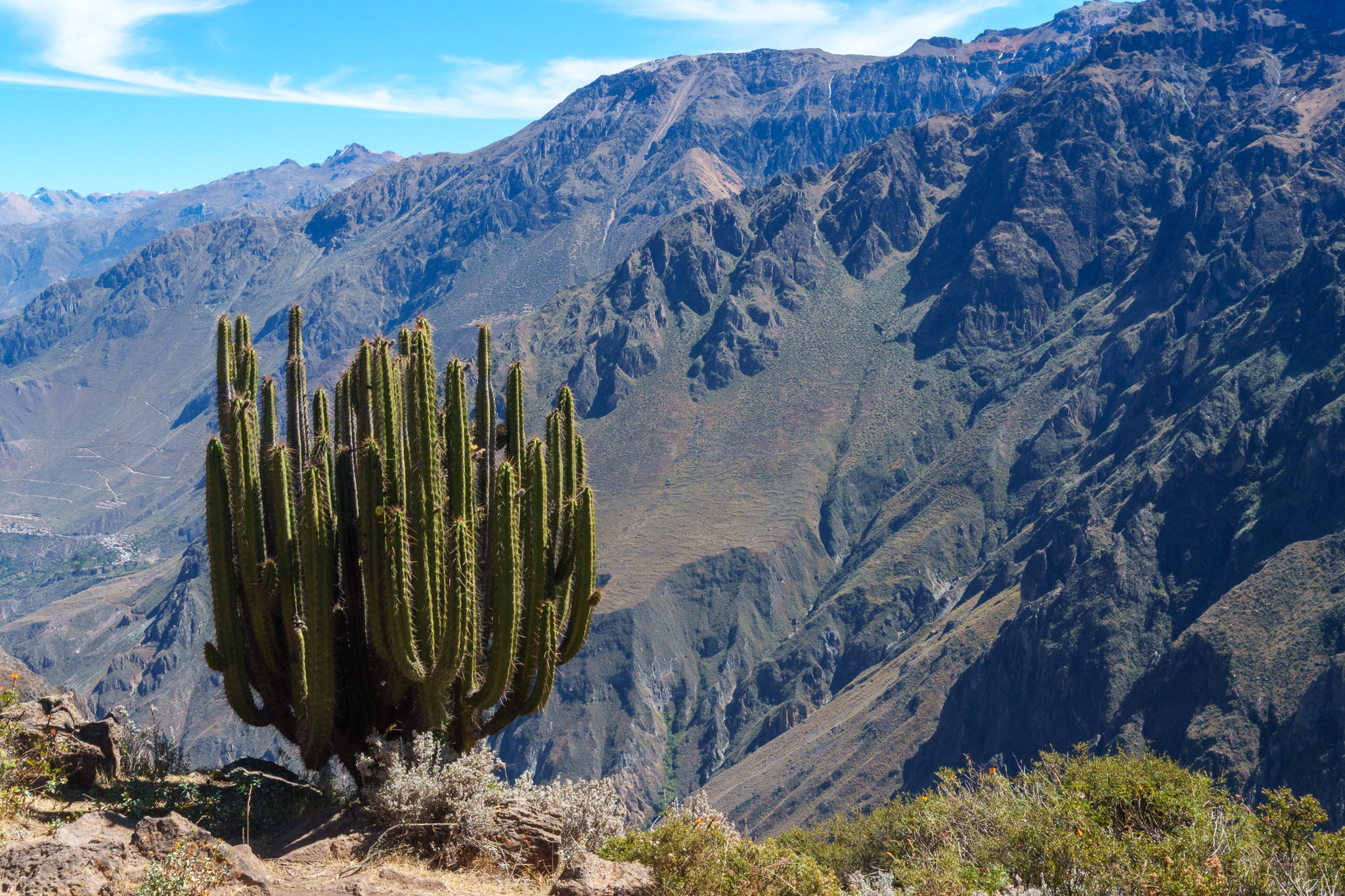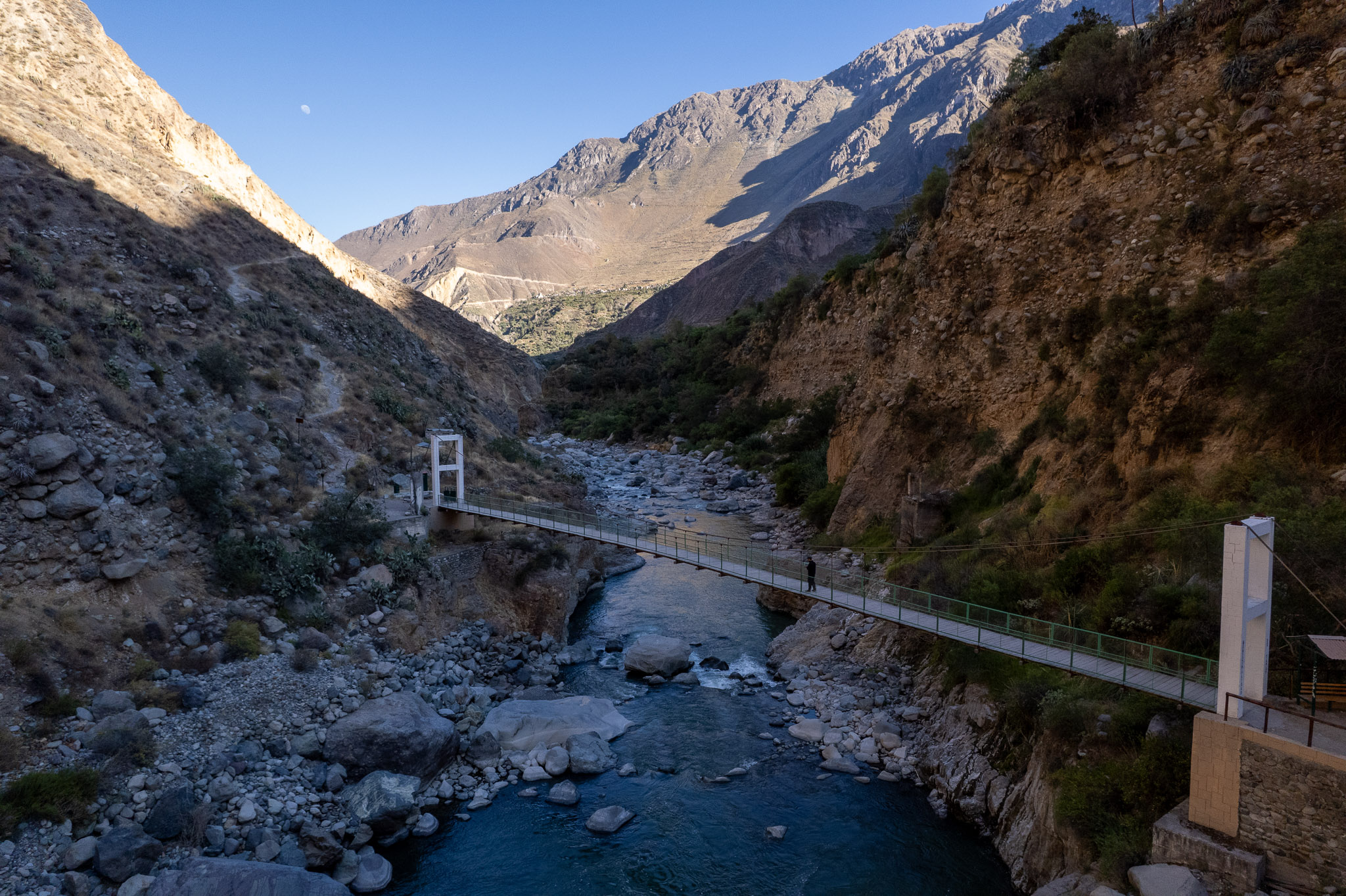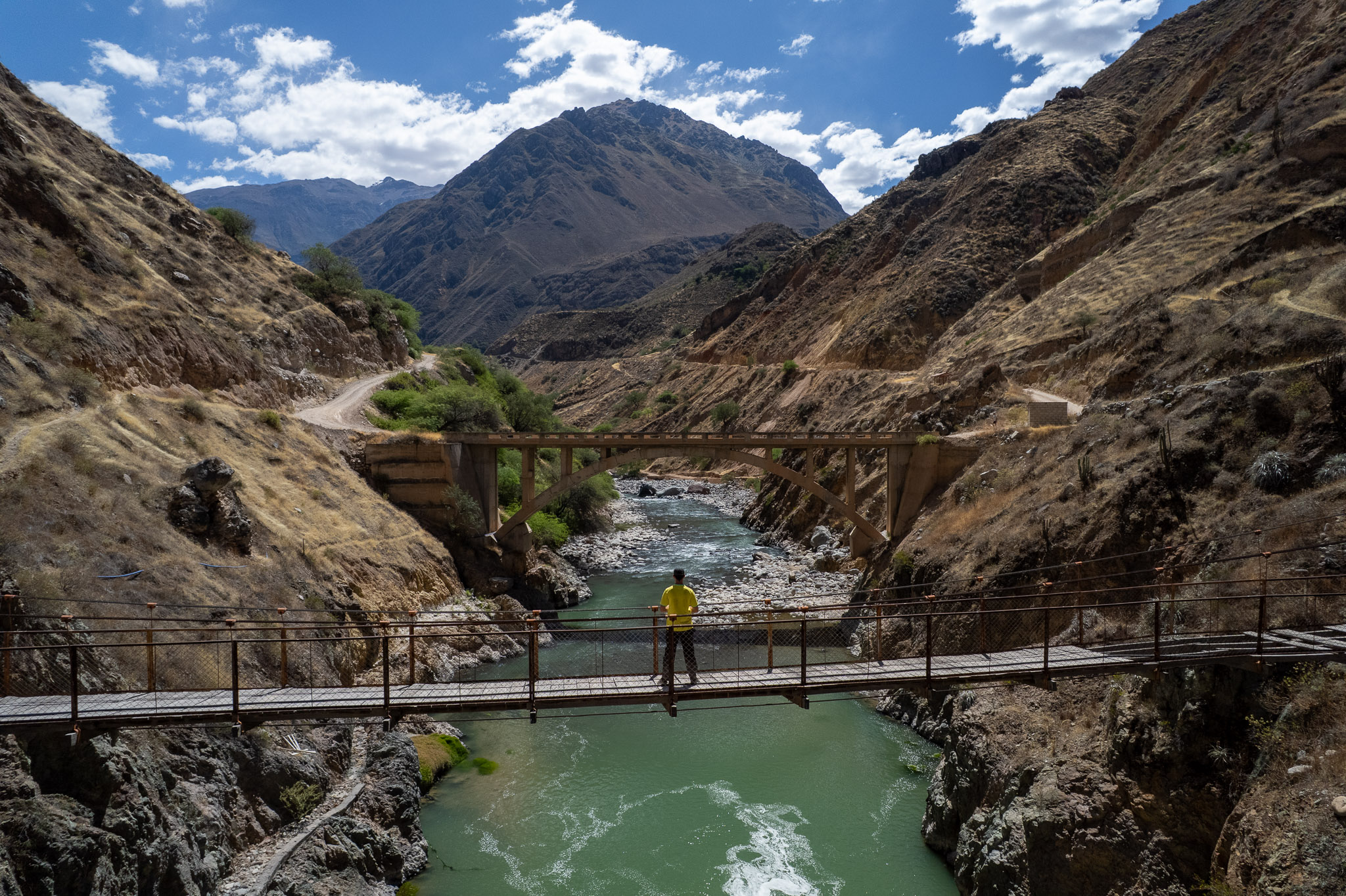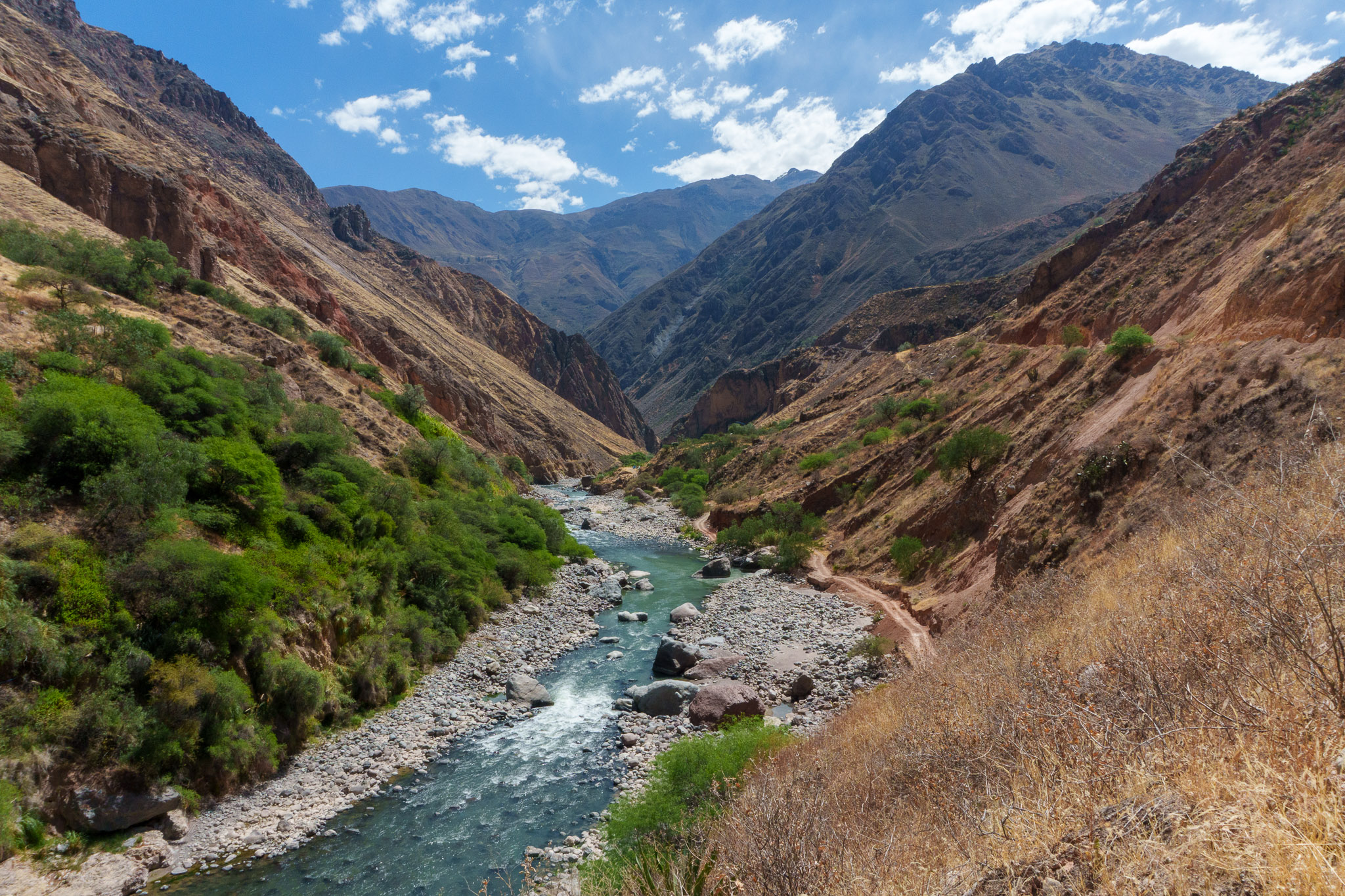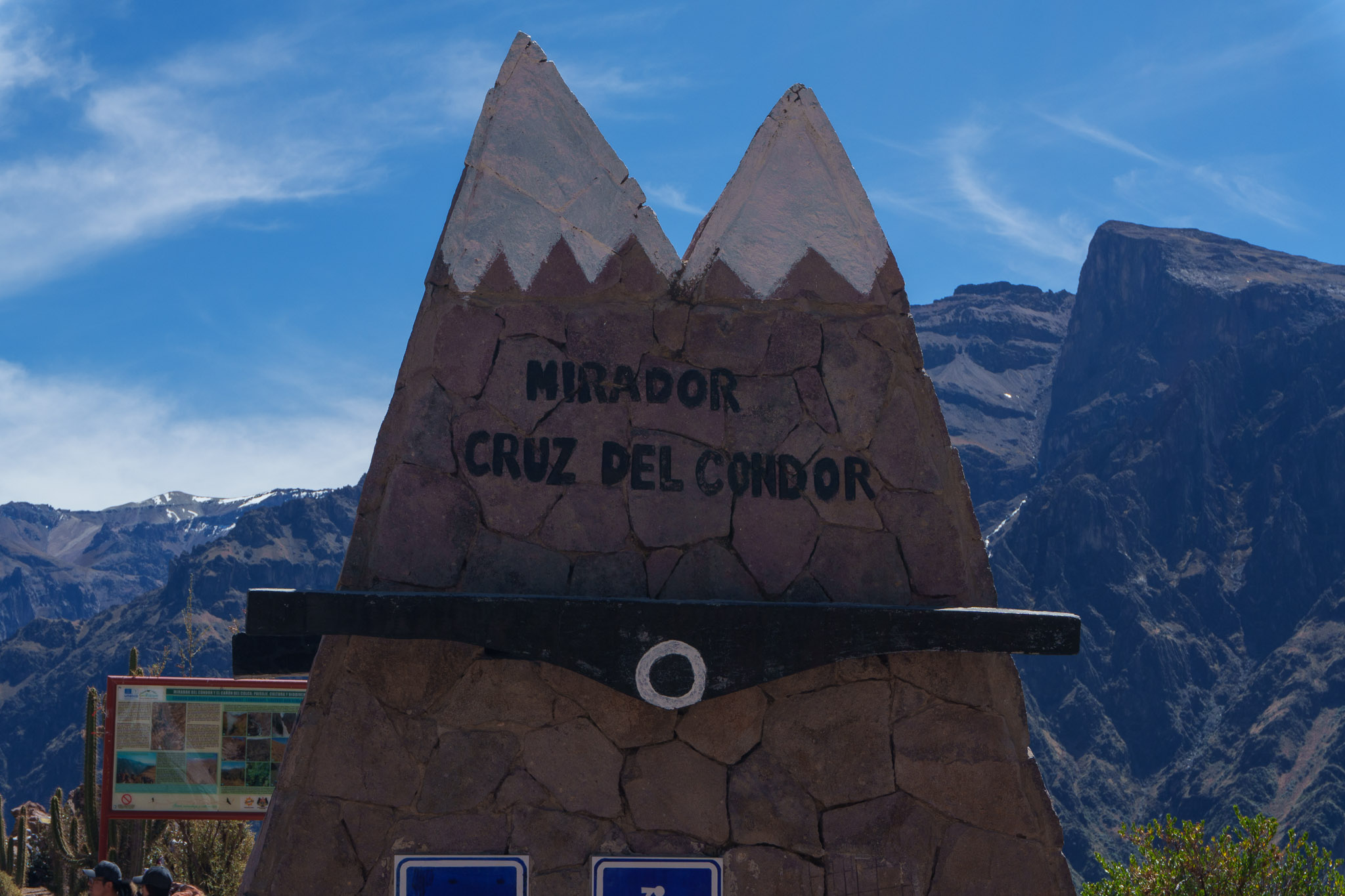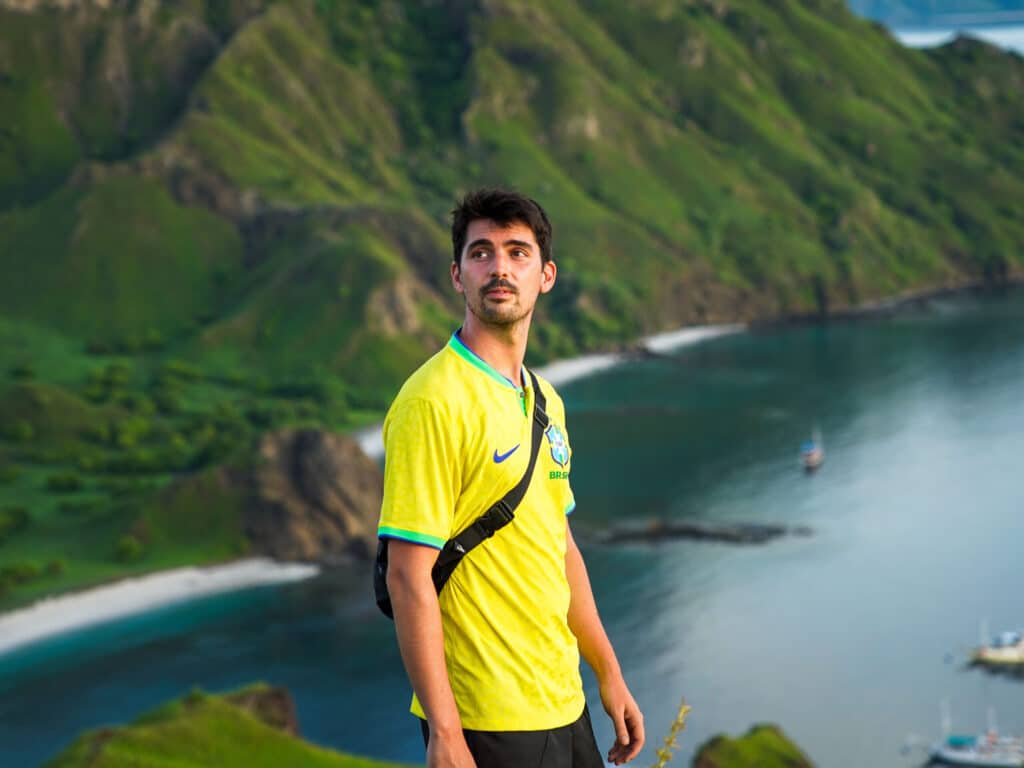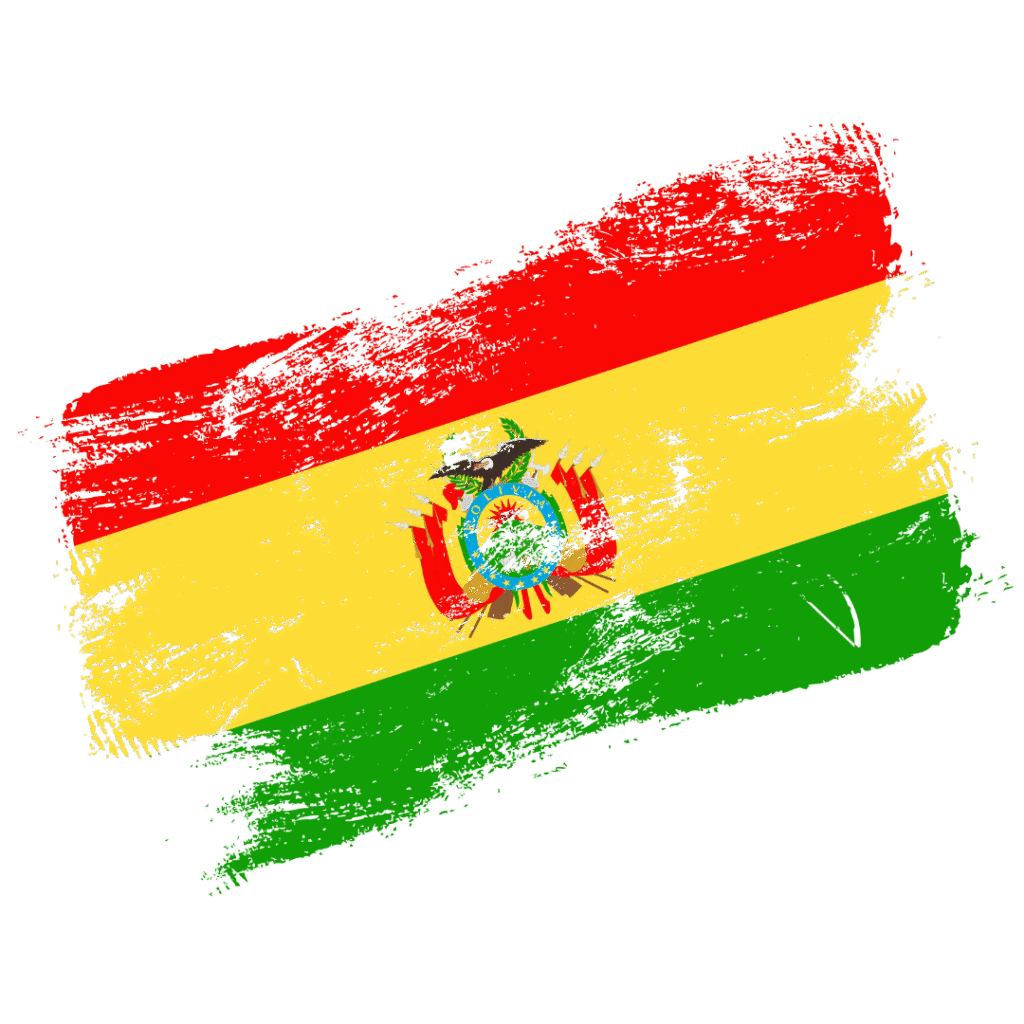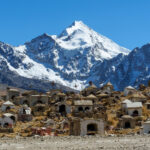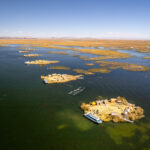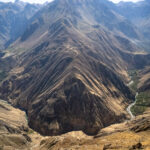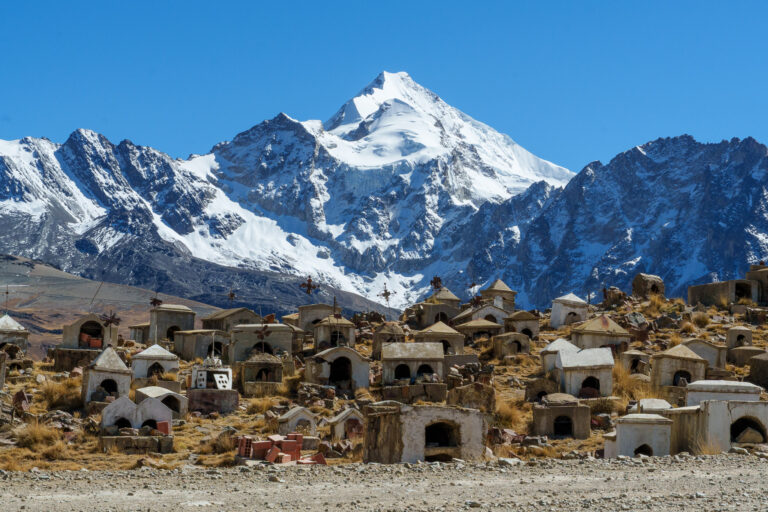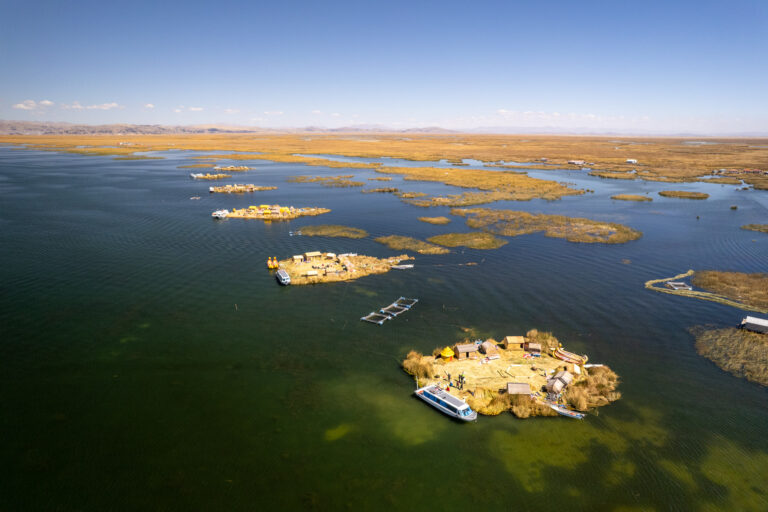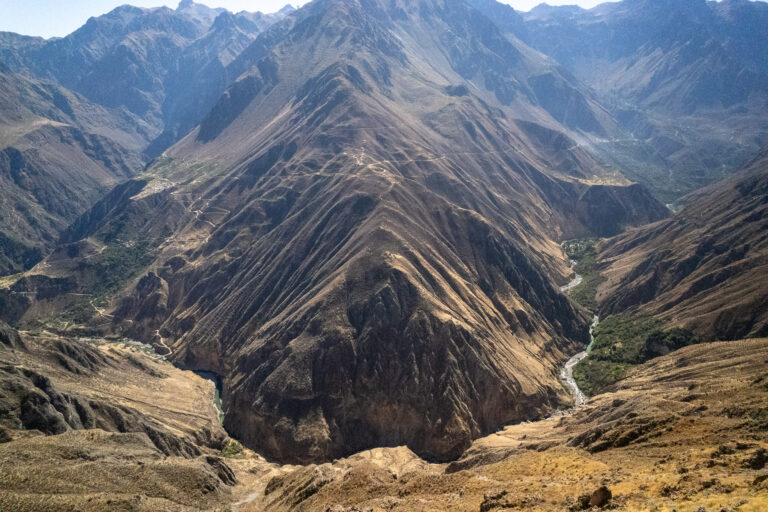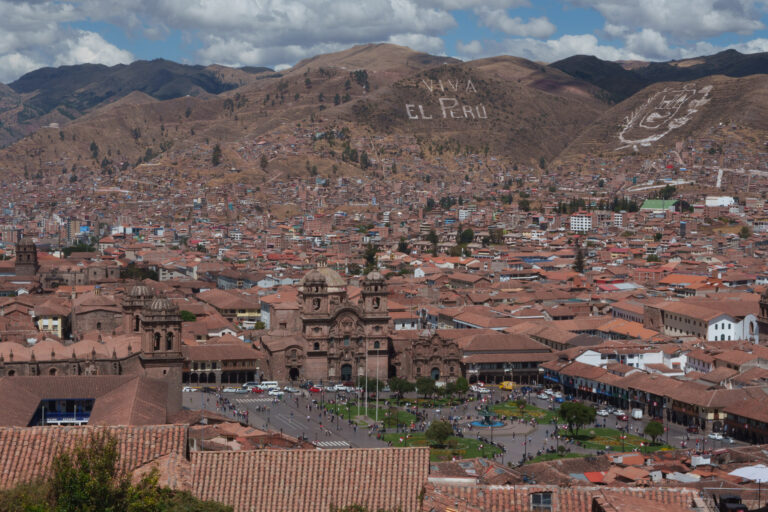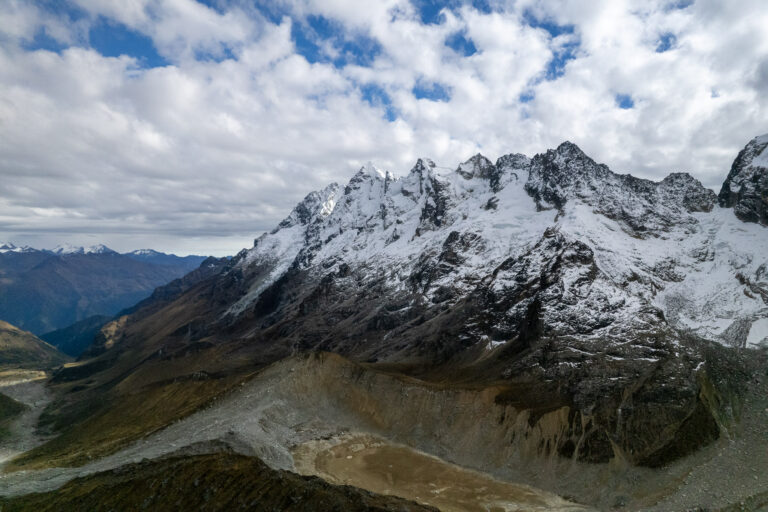Colca Canyon is one of the most amazing and vast landscapes I’ve ever seen. Many travelers just do a quick day tour from Arequipa, but if you have the chance to stay a few days, you will enjoy spotting the Andean condor and going for a trek in this spectacular place. In this article, I will explain everything you need to know to make the most of your visit.
Table of Contents
The Essentials
- Colca Canyon is one of the world’s deepest and most stunning canyons
- Spotting the majestic Andean condor at Mirador Cruz del Condor
- Multiple trekking circuits are available
- Local buses from Arequipa run regularly
- Relaxing in natural hot springs after a day of trekking
- From Arequipa: 2-Day Colca Canyon Trekking Tour
- From Arequipa: Colca Canyon Full-Day Guided Tour
Discovering Colca Canyon
Why is Colca Canyon So Famous?
Where is Colca Canyon?
Private transportation options exist for day visits or guided treks
The Weather in Colca Canyon
Overview of My 3-Day Trek in the Canyon
Day 1 - Cabanaconde to llahuar
- Distance : 12.2 km
- Ascent : 325 meters
- Descent : 1510 meters
- Estimated time : 5 hours
- Highlights : Spotting Condor at Achachihua Mirador & hot spring at Llahuar
Day 2 - Llahuar to San Juan Chuccho
- Distance : 14.2 km
- Ascent : 840 meters
- Descent : 546 meters
- Estimated time : 6 hours
- Highlights : Walking accross the Canyon with breathtaking views
Day 3 - San Juan de Chuccho to Cabanaconde
- Distance : 7.5 km
- Ascent : 1120 meters
- Descent : 234 meters
- Estimated time : 5.5 hours
- Highlights : Challenging your lungs & Legs to climb back up the canyon
5 Days to Visit the Canyon de Colca, Encountering the Condor and Trekking in an Amazing Landscape
Bus from Arequipa to Cabanaconde
The Condor Mirador and Preparation Day
Mirador Cruz del Condor
Mirador Achachihua
Preparing Your Trek in the Canyon
You can customize your trek depending on the number of days you want, usually from 2 to 4 days. Based on your planned days, self-guided or guided options exist. The best options are:
- 2-day, 1-night hike: Route from San Juan de Chuccho to Sangalle to Cabanaconde, overnight in Sangalle
- 3-day, 2-night hike: Route from Llahuar to Sangalle to Cabanaconde, overnight in Llahuar and Sangalle
- 4-day hike: Route from Llahuar to Fure to Huaruro Waterfall to Sangalle to Cabanaconde. This can be extended to 5 days with a night at San Juan de Chuccho
3 Days of Trekking Through the Colca Canyon
Day 1: Cabanaconde - Llahuar
Starting My Trek in the Canyon de Colca
Left at 8:30 AM and arrived at Llahuar Lodge around 1 PM.
After a nice breakfast at Santiago Hotel, it was time to start walking. The first part is easy—you leave the city on a well-paved trail marked clearly as the trekking route.
After about 20 minutes, you arrive at a stunning viewpoint, the Achachihua Mirador, which offers an amazing overview of the canyon and is where we would sleep tonight. On the left below in the canyon lies Llahuar village.
If you’re lucky, you might spot condors here too! I saw one flying this morning toward Cabanaconde.
The Beautiful Overview of the Canyon
The Big Descent
For about two hours, you trek steeply down the canyon. The path becomes narrower and more rocky. Don’t worry, just take your time.
The view remains incredible, with scenic viewpoints along the way.
It’s impressive how the path snakes down the steep valley walls. The opposite canyon side is smoother but still steep, while our side has huge rock walls with jagged edges. Yet, there’s always a safer smoother path for trekkers.
Down the Canyon
Llahuar Lodge or Casa de Virgen
It’s a nice, bigger hotel with simple rooms.
- Dorm bed: 35 soles, breakfast included
- Simple room with shared bathroom: 40 soles, breakfast included
- Private double room: 120 soles
- Dinner costs from 20 to 40 soles depending on your order.
- Big bottles of water cost 12 soles.
- They accept credit cards with a 5% fee, so you can either bring cash or pay by card, which is very convenient here.
Day 2: Llahuar - San Juan de Chuccho
Trekking Along the Canyon with Breathtaking Views
After passing Malata and Cosñirhua, I had lunch in Malata to avoid rushing to San Juan.
Accommodation in San Juan:
- Private room with shared bathroom: 25 soles, breakfast not included
- Room with private bathroom and breakfast: 80 soles
- Breakfast costs 10 soles separately
I paid about 95 soles total, excluding lunch.
Day 3: San Juan de Chuccho - Cabanaconde
Most Challenging Day of the Trek
Woke up at 6:00 AM, had breakfast at 7:00, and started walking at 7:30.
It’s best to start early as the mountain face gets hot quickly with morning and midday sun.
Initially, the walk was easy, crossing a bridge and returning to the Cabanaconde side.
From there, a massive wall of 1,130 meters stands in front of you—that’s over one kilometer of vertical canyon to climb.
The path starts easy in cool air but quickly heats up. The zigzag path steadily climbs the steep canyon wall.
The scenery becomes awe-inspiring, like walking along a cliff with narrow paths that make you feel a bit thrilled.
Closer to the end, many groups starting their trek looked fresh and ready, contrasting with my sunburnt, sweaty state, which felt somewhat amusing.
By 11:30, I arrived at Mirador San Miguel.
The rangers had just left and didn’t check my ticket, which was perfect!
It took about 30 more minutes to reach Cabanaconde. This last part was less pleasant as it’s a road walk beside the main highway.
Last Lunch and Jumping on the Bus
I arrived in time at Cabanaconde to pick up my backpack and reorganize my things.
Enjoyed a nice lunch and caught the 1:30 PM bus back to Arequipa.
Everything went smoothly, and I had a relaxing nap during the ride closer to Arequipa.
This time, I was able to appreciate the length and grandeur of the canyon extending for kilometers all the way to Chivay.
Why You Should Experience Colca Canyon
This hike is an incredible experience, one not many travelers do beyond the popular one-day visits to the condor viewpoint.
Cabanaconde is a perfect starting point for multi-day treks, offering everything needed for a great adventure.
If you go, try to spot my sticker logo on the road—it’s a little treasure for fellow explorers!
FAQ
Is Colca Canyon safe for travelers?
Do I need travel insurance for Colca Canyon?
Can I hike Colca Canyon without a guide?
How many days are best for trekking in Colca Canyon?
What’s the hardest part of trekking Colca Canyon?
Do I need camping equipment for the trek?
Is there WiFi or cell service in the canyon?
How much money should I budget for the trek?
What’s the best time of year to visit?
What shoes and gear do I need?
How do I reach the trailhead from Arequipa?
Can children or older adults do the trek?
Do I need to reserve accommodation ahead?
Is there drinking water available during the trek?
Do you have to pay for entry to Colca Canyon?
More Photos of Colca Canyon
If you're interested in owning one of the photos (printing them, setting them as your phone wallpaper, or using them for commercial purposes), you can easily get them on Pixieset. If you don't find the photo you like, send me a quick message on Instagram (@HorizonHugo), and I’ll add it!

